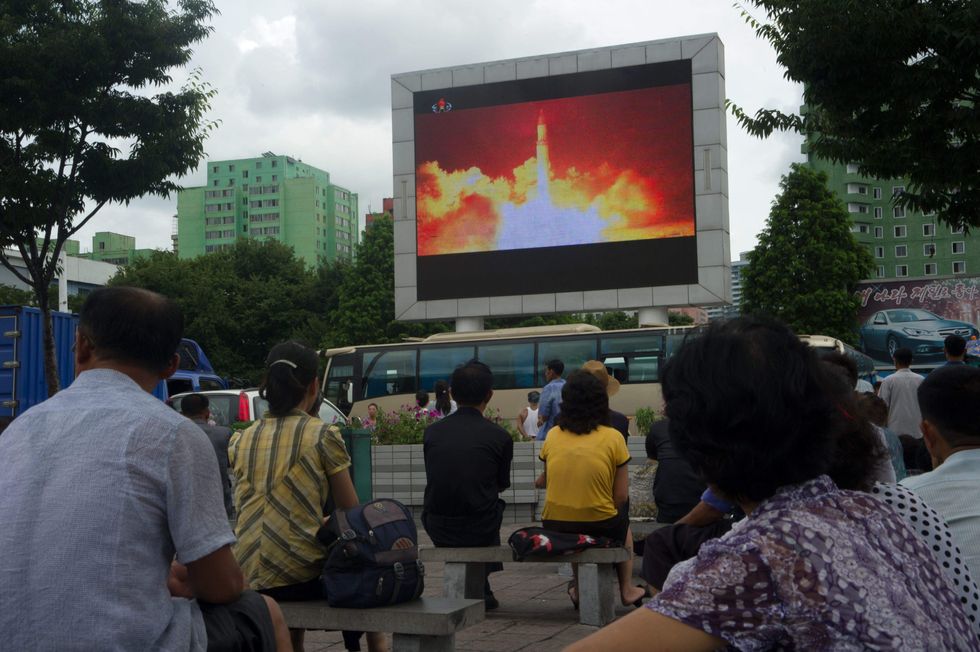
According to U.S. officials, North Korea's missile technology has quickly progressed to the point where they are now capable of hitting most of the U.S. mainland. (Getty Images)

North Korea's latest missile test has convinced United States intelligence officials that the communist state can now hit most of the U.S. mainland with their intercontinental ballistic missiles.
According to The Associated Press, on Saturday, the North Korean state-run Korean Central News Agency announced that North Korean President Kim Jong Un expressed "great satisfaction" after a Hwasong-14 ICBM reached a height of 2,314 miles and traveled 620 miles before landing off the coast of Japan.
Reuters reported that two anonymous U.S. intelligence officials said the test lasted about 45 minutes, outpacing the North Korean missile test on July 4, which lasted 39 minutes.
KCNA said that the test was meant to confirm the maximum range of the missile, as well as other technical aspects, and concluded by saying that the ICBM was capable of carrying a "large-sized, heavy nuclear warhead."
KCNA said that Kim claimed the Hwasong-14 missiles can strike "random regions and locations at random times" with the "entire" U.S. mainland now within range. The North Korean dictator also said that this launch serves as a "serious warning" to the U.S., who, according to Kim, is "meaninglessly blowing its trumpet" with threats of war and sanctions.
The AP reported that researchers analyzed the flight data and came back with the troubling news that Kim is correct, and North Korea's current missile technology would allow them to reach into the heart of the U.S.:
David Wright, a physicist and co-director of the global security program at the Union of Concerned Scientists, said that if reports of the missile's maximum altitude and flight time are correct, it would have a theoretical range of at least 10,400 kilometers (about 6,500 miles). That means it could have reached Los Angeles, Denver or Chicago, depending on variables such as the size and weight of the warhead that would be carried atop such a missile in an actual attack.
According to the AP, President Donald Trump condemned the launch and rejected North Korea's claim that being a nuclear power makes them stronger.
"In reality, they have the opposite effect," Trump said, adding that it served to only "further isolate North Korea, weaken its economy, and deprive its people."
North Korea has developed their ICBM technology two years faster than the Pentagon's Defense Intelligence Agency projected, bringing with it worries that the communist country may be able to fit a working nuclear warhead to a missile soon, if they can't already.
More troublesome is the news that on Sunday, North Korea exhibited "highly unusual and unprecedented levels" of submarine activity in conjunction with its third "ejection test" from the Sinpo Naval Shipyard.
Ejection tests from submarines are used to gauge the ability of a sub to "cold launch" a missile out of a launch canister using high pressure steam.